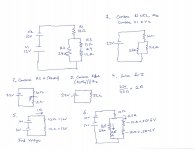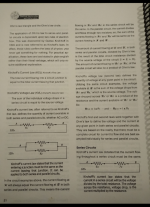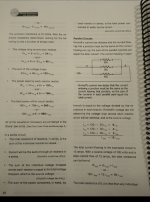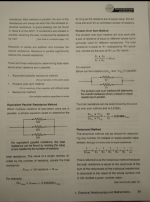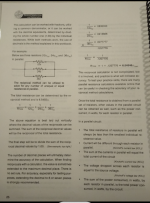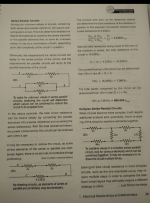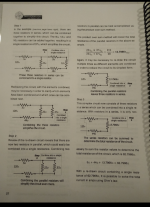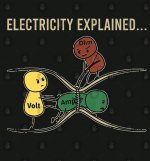You should be able to find tons of examples and explanations on the internet. Google basic DC circuits, or parallel DC circuits, Series DC circuits, and even parallel-series DC circuits.
They are all solved using a fairly similar process - you simplify the circuit by combining combinations of parallel resistors and series resistors until you get to a single source and a single resistor. (Yes, voltages in series can also be combined by adding their voltages.) This may take several steps - the key is being able to see which resistors are truly in series, and which ones are truly in parallel.
Use the simple circuit to find the total current flowing.
Then work backwards, expanding the circuit and calculating current through each resistor and voltage across each resistor until you get back to the original circuit.
With a little practice, a circuit like this one is easy to do in your head.
They are all solved using a fairly similar process - you simplify the circuit by combining combinations of parallel resistors and series resistors until you get to a single source and a single resistor. (Yes, voltages in series can also be combined by adding their voltages.) This may take several steps - the key is being able to see which resistors are truly in series, and which ones are truly in parallel.
Use the simple circuit to find the total current flowing.
Then work backwards, expanding the circuit and calculating current through each resistor and voltage across each resistor until you get back to the original circuit.
With a little practice, a circuit like this one is easy to do in your head.

